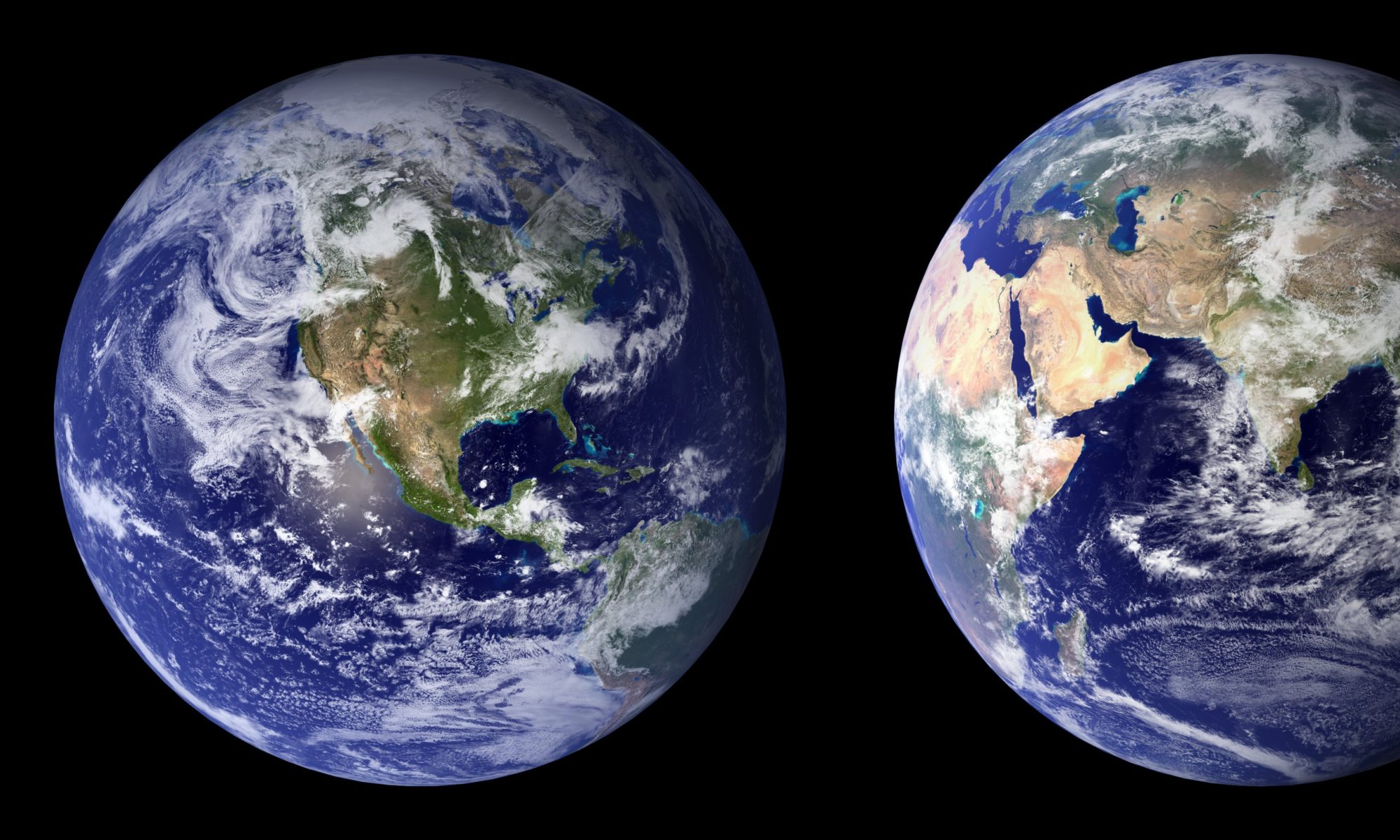With an ongoing drought in South Africa, the authorities in Cape Town are counting the days off till ‘day zero’, predicted to be sometime in early July 1, when the water runs out. Until then residents are having their water rationed in efforts to ensure reserves stretch as long as possible. Undoubtedly the situation has both a climate and management component, but climate change is likely to make many areas of the world increasingly dry and droughts increasingly frequent 2.
The problem of water shortages goes far beyond drought and climate change, however. There is a much bigger problem brewing, invisible and willfully ignored for far too long. Unless addressed, this problem could result in global and certainly regional catastrophes within mere decades. The problem is groundwater depletion and its importance cannot be overstated.
Groundwater is water which is stored in underground rock formations known as aquifers. Wells can be dug to access this water and for centuries civilizations have relied on these precious stores in times of drought. The only trouble is that groundwater reserves are effectively finite. While they can be replenished by rainfall, this process often takes decades, centuries or even millennia.

By T.C. Winter, J.W. Harvey, O.L. Franke, and W.M. Alley [Public domain], via Wikimedia Commons

In short, groundwater is the invisible foundation upon which the modern world is built. Now it threatens to give way under the strain we have placed on it. The all too visible depletion of Lake Chad and the Aral Sea have rightly caused alarm around the world, but groundwater depletion is invisible – and therefore easy to ignore.

